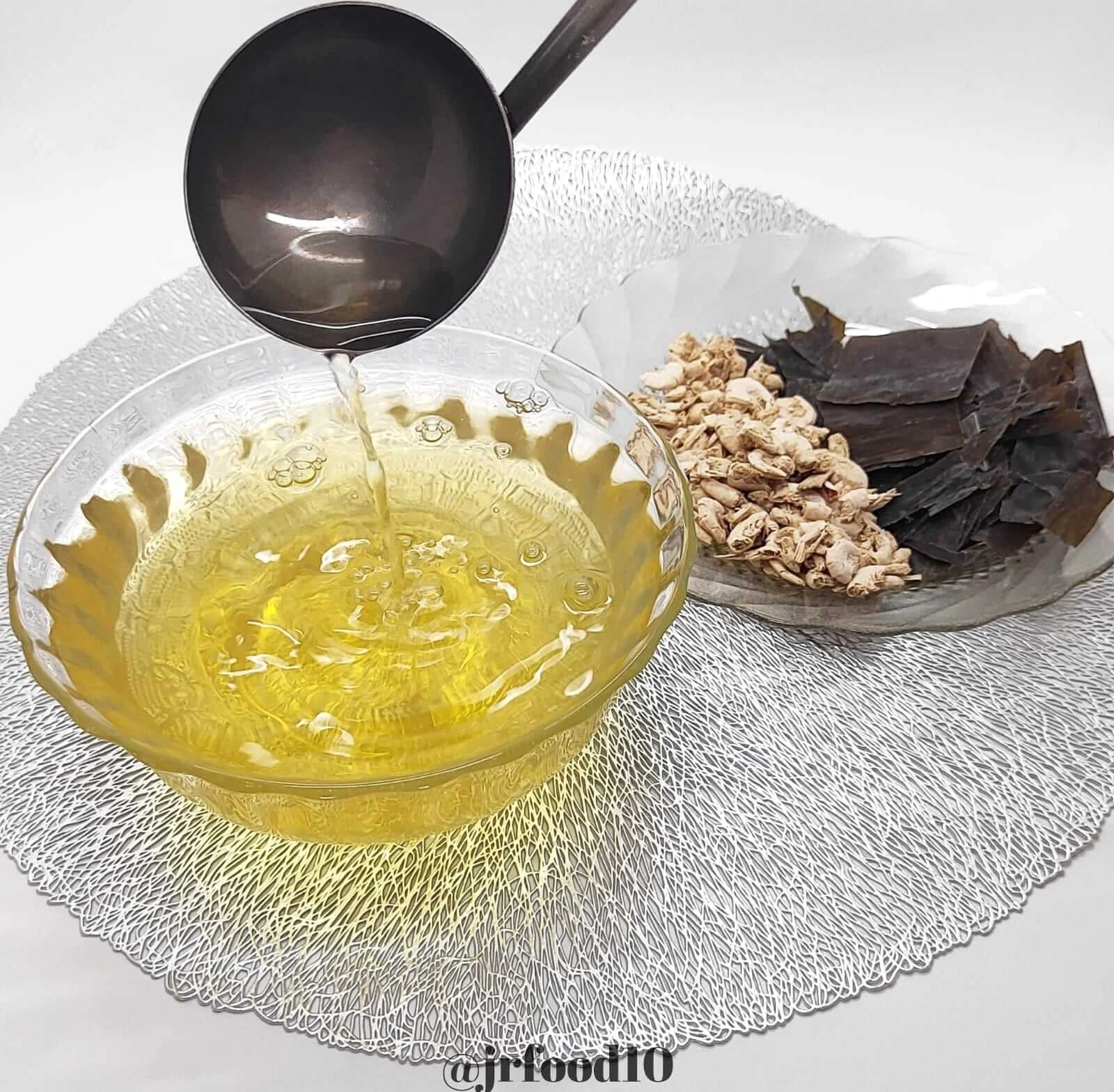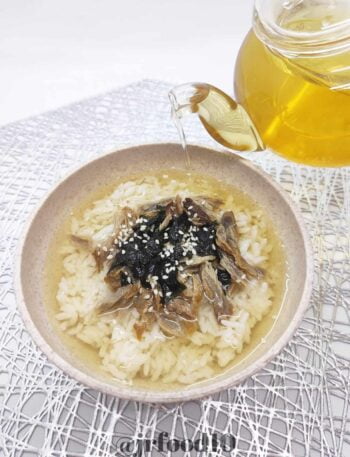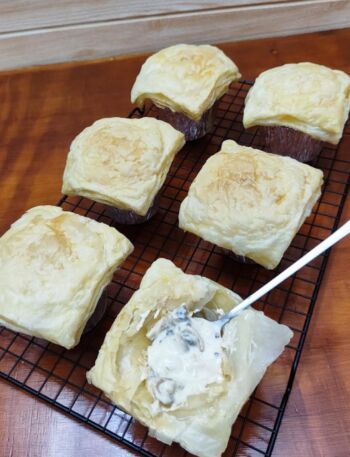Dashi Stock Recipe
 View Gallery
2 photos
View Gallery
2 photos
Dashi, the backbone of Japanese cuisine, is a savory elixir that adds depth and umami to a myriad of dishes. Crafting the perfect dashi stock recipe is an art that requires a delicate balance of ingredients and a keen understanding of the simmering process. In this blog post, we’ll explore the traditional Japanese method of making dashi using kombu and dried shrimp, providing you with an authentic recipe that promises to elevate your culinary creations. Let’s dive into the world of umami and discover the secrets of making a flavorful and aromatic dashi stock.
Dashi is the quintessential base for numerous Japanese dishes, including soups, stews, and sauces. It serves as a flavor enhancer, imparting a rich and savory taste that elevates the overall dining experience. Our simple yet effective recipe combines the umami-rich kombu with the delicate essence of dried shrimp to create a stock that will undoubtedly become a staple in your kitchen.
Mastering the art of dashi is a journey that unveils the profound world of umami, transforming your culinary creations into authentic Japanese delights. With our simple yet flavorful recipe, you can now embark on this journey with confidence, armed with the knowledge to create a dashi stock that will elevate your dishes to new heights. Embrace the umami experience and savor the rich, savory goodness of homemade dashi in every bite.
These are recipes that can be used with Dashi Stock:
- Takikomi Gohan Recipe (Japanese Mixed Rice)
- Rice Porridge Japanese (Okayu)
- Ochazuke – Green Tea Over Rice
Dashi Stock Recipe
Embrace the versatility of your homemade dashi stock. Whether you're creating a comforting miso soup, a delicate seafood broth, or a flavorful noodle dish, this elixir of umami will become your secret weapon in the kitchen.

Ingredients
Instructions
In a pot, add the water before introducing the kombu and dried shrimp.
As the water warms, the kombu and dried shrimp release their flavors. Allow the mixture to simmer gently. Pay close attention as the water reduces and undergoes a subtle transformation in color, signaling the concentration of umami.
The key is to simmer the dashi until the liquid reduces just enough to intensify the flavors. This careful reduction process ensures a concentrated, aromatic stock that embodies the essence of umami.
Once the desired concentration is achieved, strain the dashi to remove the kombu and dried shrimp. Pour the liquid gold into a bottle, allowing it to cool before sealing. Storing it in the fridge enhances the stock's longevity and preserves its fresh, vibrant taste.
Servings 1
- Amount Per Serving
- Calories 37kcal
- % Daily Value *
- Total Fat 0.3g1%
- Sodium 3783mg158%
- Potassium 1000mg29%
- Total Carbohydrate 15g5%
- Sugars 13.3g
- Protein 11.6g24%
- Calcium 3200 mg
- Iron 0.99 mg
* The % Daily Value (DV) tells you how much a nutrient in a food serving contributes to a daily diet. 2,000 calorie a day is used for general nutrition advice.
Note
- Invest in high-quality kombu and dried shrimp. The better the quality of your ingredients, the richer and more nuanced your dashi will be.
- Dashi-making is a patient art. Allow the kombu and dried shrimp to infuse the water gradually. Rushing this process may compromise the depth of flavor in your stock.
- When using kombu, start with cold water. Allowing the kombu to steep in cold water before heating helps extract its flavors more effectively.
- Once the water comes to a simmer, avoid letting it boil for an extended period. Overboiling can result in a bitter taste and a cloudy appearance.
- When straining the dashi, do it carefully to avoid sediment in the final stock. A fine mesh strainer or cheesecloth works well for this purpose.
- The kombu used to make dashi can often be reused for a second batch. While the second dashi may be milder, it's a sustainable way to extract more flavor from your ingredients.
Frequently Asked Questions
Yes, you can make a basic dashi without dried shrimp by using kombu and bonito flakes. Dried shrimp can add a seafood dimension to the stock.
Kombu is a key ingredient in traditional dashi, providing a rich umami flavor. However, some variations use other ingredients like dried shiitake mushrooms.
Dashi is a versatile stock used in Japanese cuisine. It's the foundation for soups, stews, sauces, rice and noodle dishes. It enhances the umami profile of various recipes like Takikomi Gohan.
Yes, you can freeze dashi for longer storage. Pour it into ice cube trays for convenient portions. Thaw and use as needed for quick flavor enhancement.
Dashi contains glutamic acid, contributing to the umami taste. Umami enhances the overall savory and satisfying qualities of dishes.
While traditionally used in Japanese dishes, dashi's savory and umami qualities make it a versatile ingredient. It can be incorporated into non-Japanese recipes for added depth.
Dashi is a clear, flavorful stock, often lighter than Western broths. It focuses on extracting umami, while broths may include a broader range of ingredients.












